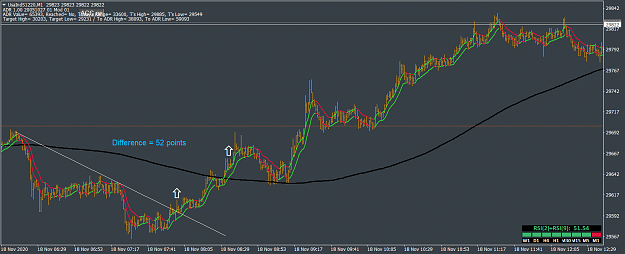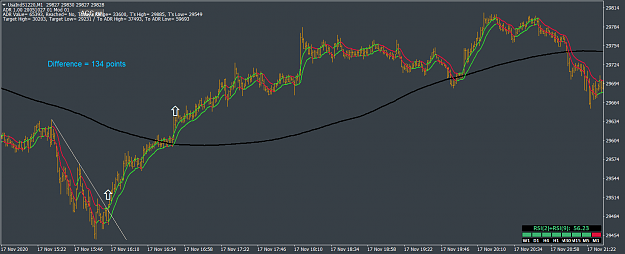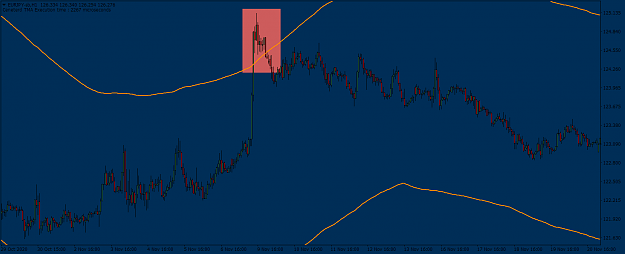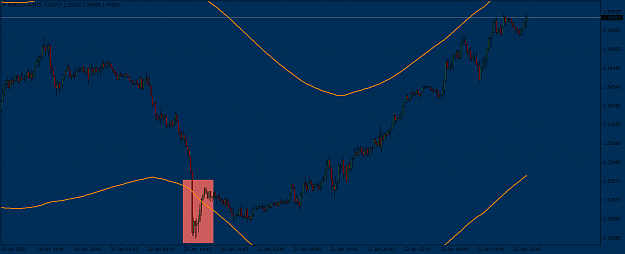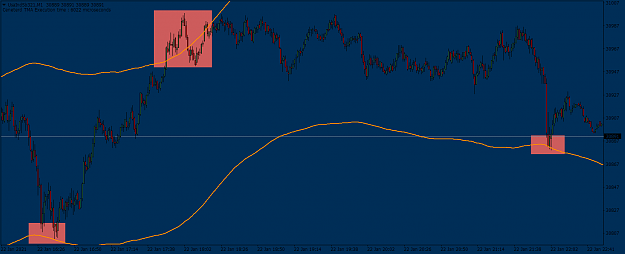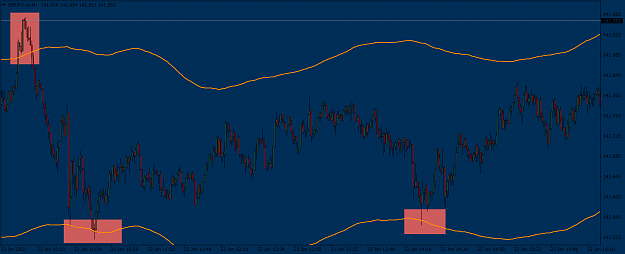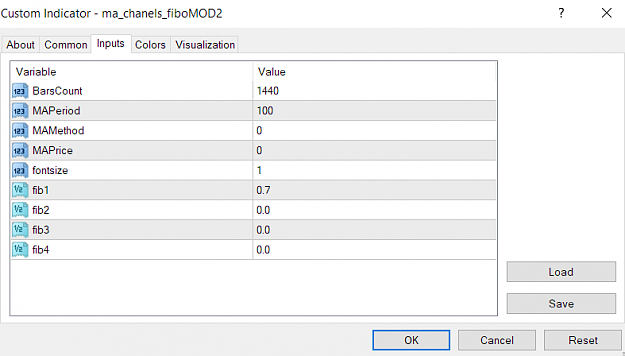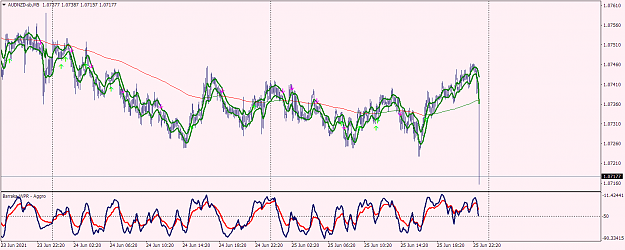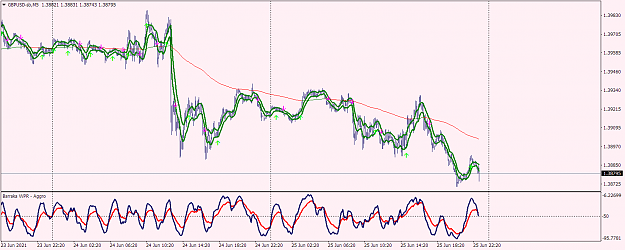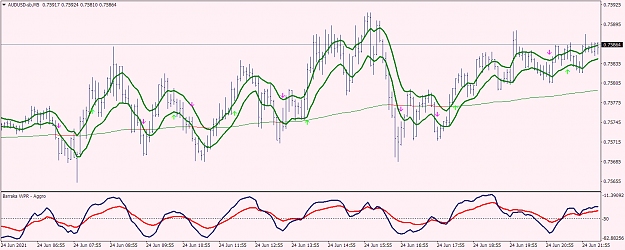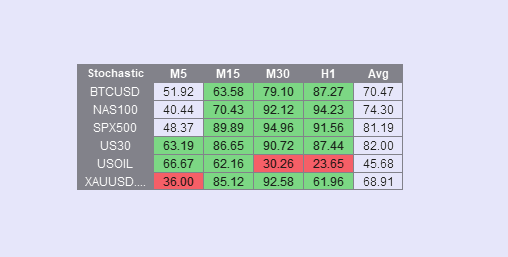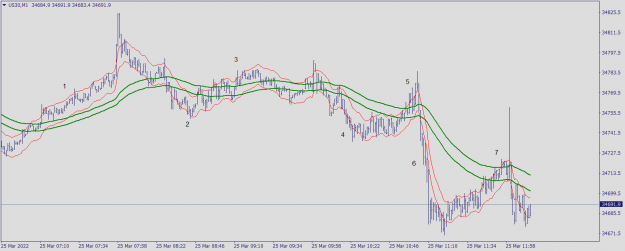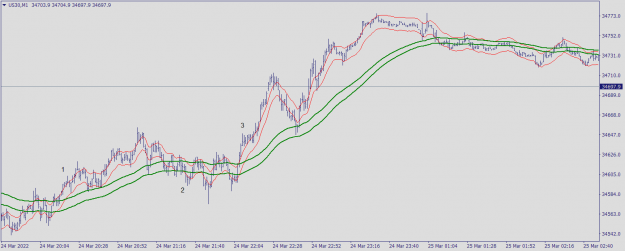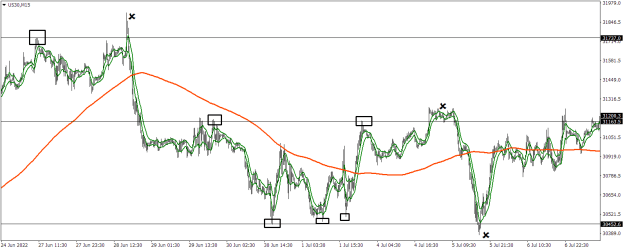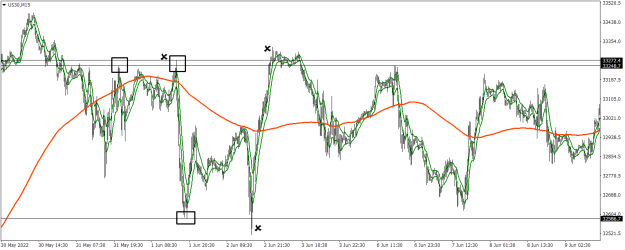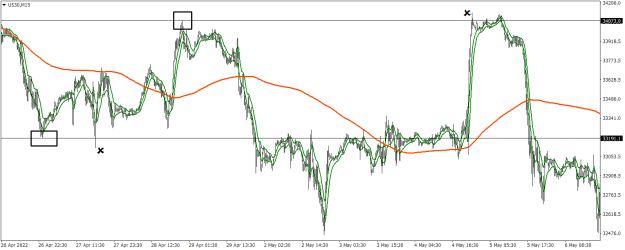Section 15 - Trade The Plan
When I ask traders if they have a trading plan I tend to get two answers. Either they don't, or they do but, upon examination, they have one that isn't fit for purpose. The reasons it isn't fit for purpose will hopefully become clear as this post progresses.
I think there is a general reticence around writing a trading plan. It either feels too difficult or quite pointless. Based upon the majority of plans I see, I can completely understand why those conclusions are reached. What is invariably written is a one-time document that will be printed out to gather dust on a shelf or stored away on a computer to be rarely, if ever, looked at again.
What I hope to set out here is a different way to approach a trading plan. A way that ensures the trader ends up with a living, breathing document that gives up to the moment useful information. A trading plan should never be a 'once and done' affair. It should evolve as the trader evolves and it should document and reflect the journey the trader has taken to date (and where they want to head in the future).
The trading plan outline I'm going to set out has 7 sections. Some sections will be more interactive than others but all 7 will be fluid. They will change as the trader develops. Bear in mind this is purely my opinion around what an effective trading plan should look like. Traders might have their own ideas about what should be included and how it should be structured. The key thing is to end up with a plan that serves the required purposes.
OK - let's dive straight in.
Part 1. Pledge & Principles
This section deals with the fundamental commitment a trader makes to their trading and to their plan. It will likely include a pledge to always seek to trade in accordance with their plan, to keep their plan updated, to carry out a weekly review of their trades and results.
It will also likely include a pledge to stick to the 'golden rules' as defined by the trader. That might be that they will commit to taking the setups when they present themselves, without fear or hesitation. That they will take a loss when the market proves them wrong, again without fear or hesitation.
The list here will likely end up quite long. The trader should seek to capture all those fundamental do's and do not's that will form the backbone of how and why they trade.
Part 2. Traded Setups
Next we come to the section that most people think a trading plan should include. The problem is, they end up writing a plan that only contains this section.
In this part, the trader should capture, in great detail, what will get them into a trade, what will get them out of a trade, what their risk management profile is, what their money management strategy is, what hours/days they will trade, what timeframes they will trade etc etc.
Part 3. Weekly Profit Factor (and Win Rate)
Trading is a results orientated pursuit, of course.
A straightforward way to keep track of progress is to capture each trade taken and the outcome, in order that end of the week analysis can be done. Profit Factor is simply the total monetary winnings divided by the total monetary losses. So, if a trader has winnings of £6000 and losses of £2000 their Profit Factor is 3.0.
It's also helpful to capture the weekly win rate and the total trades taken for future analysis. Having the dedication to record and update this information on a weekly basis will provide invaluable statistics and a clear indication of progress or lack of.
This section hopefully demonstrates what I mean by turning your trading plan into a living document rather than something you write once and forget about.
Part 4. Trading Journal
The most important section of any trading plan, in my opinion.
This is where the trader records details of every trade taken. What got them into the trade, how they felt during the trade and what got them out. The amount of profit or loss (which will, at the end of the week, feed into the Weekly Profit Factor section of the trading plan).
How a trader feels during a trade might seem like a strange thing to record at first. But remember what I've written on trading psychology in the past. Emotions drive behaviours. If we can isolate the emotions that lead us to make poor decisions, we can work on changing and improving.
Part 5. Mentoring Notes/Tasks
If a trader is fortunate enough to have access to a mentor, this is where the outcomes of the sessions should be recorded. It should include a general overview of the discussions and specific goals or tasks as a result of those discussions. The tasks will then be carried forward to Section 6 (Development Pending).
If a trader doesn't have access to a mentor, consider finding one would be my advice. Even if you can't find an experienced consistently profitable trader to fulfill the role, try to find someone whose opinion you respect. Even if they can't provide a full mentoring service, they can at least keep you accountable.
If no other options are available, even a spouse/partner/friend can act as a surrogate.
Part 6. Personal Development (Pending)
This is the section that all other sections feed into and should be one of the most interactive sections of your plan. Anything that is yet to be tackled, or is work in progress, goes in here. This part will only be as useful as the trader chooses to make it. Paying lip service to it will render it useless.
Part 7. Personal Development (Completed)
This is the section a trader will transfer their development tasks to when completed. Together with Section 3, it will serve as a record of a trader's journey.
So, there we have it, my suggestion for what a trading plan should look like. I'm sure you all have your own opinions about what should or shouldn't be included but I've hopefully set out a version that includes the elements required to make the trading plan a tool that will have continued relevance and usefulness.
I understand many will read this post and decide it's all too much effort. And that's fine. But, for those who want to invest in their futures and aim to become consistently profitable traders, I highly encourage this approach or one like it.
As ever, if you have any comments or questions, please direct them over to my main thread at:
https://www.forexfactory.com/thread/...o-read-markets
When I ask traders if they have a trading plan I tend to get two answers. Either they don't, or they do but, upon examination, they have one that isn't fit for purpose. The reasons it isn't fit for purpose will hopefully become clear as this post progresses.
I think there is a general reticence around writing a trading plan. It either feels too difficult or quite pointless. Based upon the majority of plans I see, I can completely understand why those conclusions are reached. What is invariably written is a one-time document that will be printed out to gather dust on a shelf or stored away on a computer to be rarely, if ever, looked at again.
What I hope to set out here is a different way to approach a trading plan. A way that ensures the trader ends up with a living, breathing document that gives up to the moment useful information. A trading plan should never be a 'once and done' affair. It should evolve as the trader evolves and it should document and reflect the journey the trader has taken to date (and where they want to head in the future).
The trading plan outline I'm going to set out has 7 sections. Some sections will be more interactive than others but all 7 will be fluid. They will change as the trader develops. Bear in mind this is purely my opinion around what an effective trading plan should look like. Traders might have their own ideas about what should be included and how it should be structured. The key thing is to end up with a plan that serves the required purposes.
OK - let's dive straight in.
Part 1. Pledge & Principles
This section deals with the fundamental commitment a trader makes to their trading and to their plan. It will likely include a pledge to always seek to trade in accordance with their plan, to keep their plan updated, to carry out a weekly review of their trades and results.
It will also likely include a pledge to stick to the 'golden rules' as defined by the trader. That might be that they will commit to taking the setups when they present themselves, without fear or hesitation. That they will take a loss when the market proves them wrong, again without fear or hesitation.
The list here will likely end up quite long. The trader should seek to capture all those fundamental do's and do not's that will form the backbone of how and why they trade.
Part 2. Traded Setups
Next we come to the section that most people think a trading plan should include. The problem is, they end up writing a plan that only contains this section.
In this part, the trader should capture, in great detail, what will get them into a trade, what will get them out of a trade, what their risk management profile is, what their money management strategy is, what hours/days they will trade, what timeframes they will trade etc etc.
Part 3. Weekly Profit Factor (and Win Rate)
Trading is a results orientated pursuit, of course.
A straightforward way to keep track of progress is to capture each trade taken and the outcome, in order that end of the week analysis can be done. Profit Factor is simply the total monetary winnings divided by the total monetary losses. So, if a trader has winnings of £6000 and losses of £2000 their Profit Factor is 3.0.
It's also helpful to capture the weekly win rate and the total trades taken for future analysis. Having the dedication to record and update this information on a weekly basis will provide invaluable statistics and a clear indication of progress or lack of.
This section hopefully demonstrates what I mean by turning your trading plan into a living document rather than something you write once and forget about.
Part 4. Trading Journal
The most important section of any trading plan, in my opinion.
This is where the trader records details of every trade taken. What got them into the trade, how they felt during the trade and what got them out. The amount of profit or loss (which will, at the end of the week, feed into the Weekly Profit Factor section of the trading plan).
How a trader feels during a trade might seem like a strange thing to record at first. But remember what I've written on trading psychology in the past. Emotions drive behaviours. If we can isolate the emotions that lead us to make poor decisions, we can work on changing and improving.
Part 5. Mentoring Notes/Tasks
If a trader is fortunate enough to have access to a mentor, this is where the outcomes of the sessions should be recorded. It should include a general overview of the discussions and specific goals or tasks as a result of those discussions. The tasks will then be carried forward to Section 6 (Development Pending).
If a trader doesn't have access to a mentor, consider finding one would be my advice. Even if you can't find an experienced consistently profitable trader to fulfill the role, try to find someone whose opinion you respect. Even if they can't provide a full mentoring service, they can at least keep you accountable.
If no other options are available, even a spouse/partner/friend can act as a surrogate.
Part 6. Personal Development (Pending)
This is the section that all other sections feed into and should be one of the most interactive sections of your plan. Anything that is yet to be tackled, or is work in progress, goes in here. This part will only be as useful as the trader chooses to make it. Paying lip service to it will render it useless.
Part 7. Personal Development (Completed)
This is the section a trader will transfer their development tasks to when completed. Together with Section 3, it will serve as a record of a trader's journey.
So, there we have it, my suggestion for what a trading plan should look like. I'm sure you all have your own opinions about what should or shouldn't be included but I've hopefully set out a version that includes the elements required to make the trading plan a tool that will have continued relevance and usefulness.
I understand many will read this post and decide it's all too much effort. And that's fine. But, for those who want to invest in their futures and aim to become consistently profitable traders, I highly encourage this approach or one like it.
As ever, if you have any comments or questions, please direct them over to my main thread at:
https://www.forexfactory.com/thread/...o-read-markets
31
